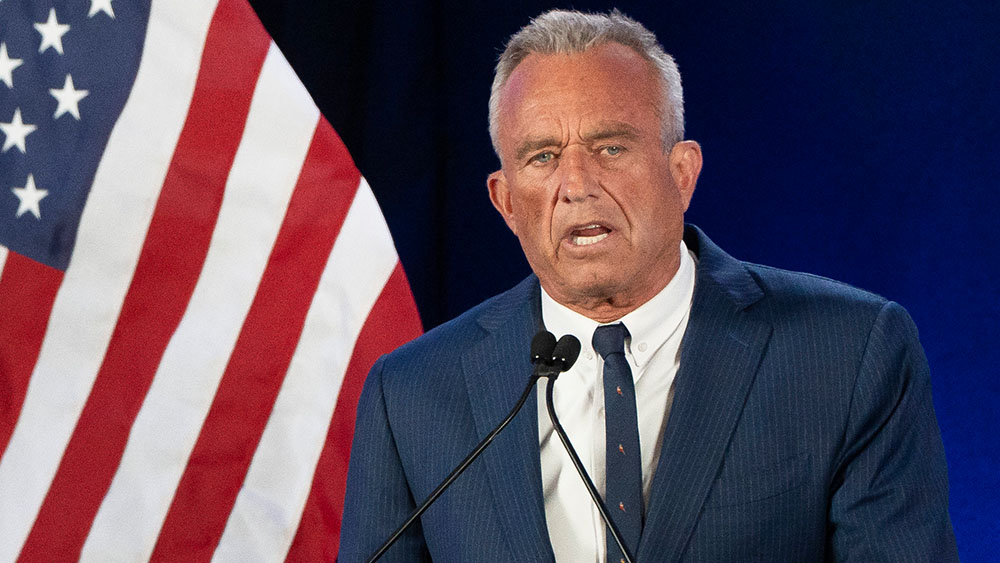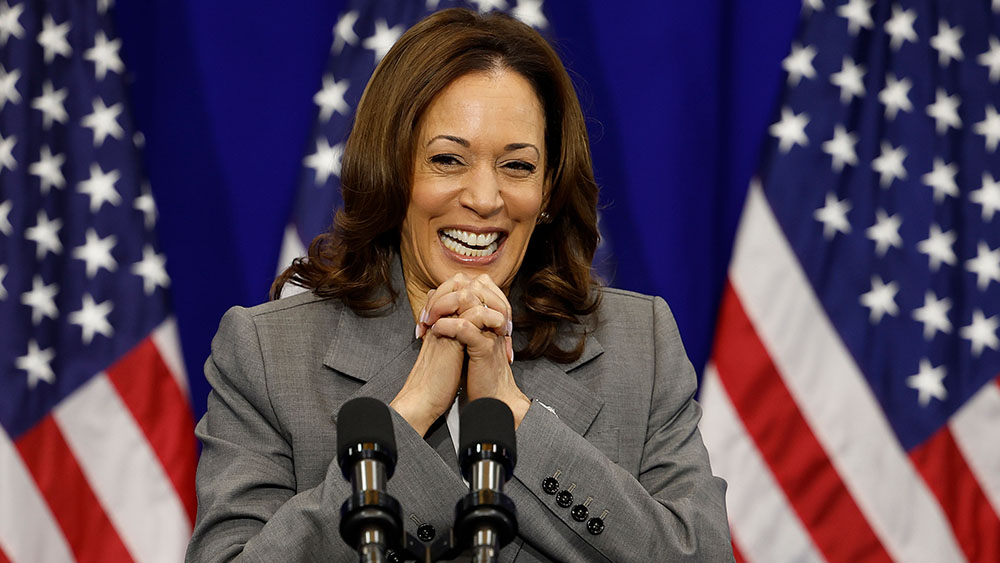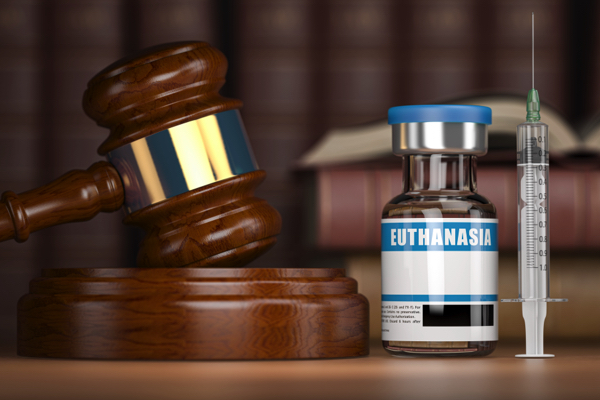
Palin was already under a great disadvantage as a leading Republican being tried before a New York jury. Rakoff added to that burden with a series of flawed decisions. Even after being previously reversed, Rakoff appeared intent on dismissing the case.
I previously wrote about the case because it highlighted a concern about the extension of New York Times v. Sullivan from public officials to public figures. As I wrote previously, Justice William Brennan wrote arguably his most eloquent and profound decision in New York Times v. Sullivan. News outfits were being targeted at the time by anti-segregation figures in lawsuits to deter them from covering the civil rights marches. The court correctly saw civil liability as creating a chilling effect on the free press either by draining the publications of funds or inducing a type of self-censorship. Imposing a high standard for proof of defamation, Brennan sought to give the free press “breathing space” to carry out its key function in our system. The court believed that public officials have ample means to rebut false statements, but that it’s essential for democracy for voters and reporters to be able to challenge government officials. To achieve that breathing space, the court required that public officials had to prove “actual malice,” where the defendant had actual knowledge of the falsity of a statement or showed reckless disregard of whether it was true or false. Two justices have indicated that they might be open to the idea of revisiting New York Times v. Sullivan. Justice Clarence Thomas has been a long critic of the standard as unsupported in either the text or the history of the Constitution. Thomas and Justice Neil Gorsuch objected last year to the denial of certiorari in Berisha v. Lawson, in which author Guy Lawson published a book detailing the “true story” of three Miami youngsters who allegedly became international arms dealers. It was a success and landed a movie deal. A central figure in the story was Shkelzen Berisha, the son of Albania’s former prime minister. He sued Lawson alleging defamation and claimed that he was not, as portrayed, an associate of the Albanian mafia and that Lawson used unreliable sources for his account. Berisha is a public figure rather than a public official. The problem is that there is one missing element to imposing a higher burden on public figures like Berisha: furthering the democratic process. In teaching defamation, the actual malice standard rests convincingly on a democratic rationale that a free people and a free press must have breathing space to criticize the government and their leaders. It helps protect and perfect democracy. For 30 years, I have struggled in class to offer the same compelling rationale for applying the standard to anyone who is considered a public figure. It takes very little to qualify as a public figure, or a “limited-purpose public figure.” However, why should private success alone expose someone like the Kardashians to a higher burden of proof for defamation? Writing about hot-dog-eating champion Michelle Lesco does not protect core democratic principles or even support core journalistic principles. To succeed, a Kardashian would still have to prove that a statement was false and unreasonable to print. Moreover, publications are protected in most states by retraction statutes limiting or blocking damages for corrected stories. Finally, opinion is already protected from defamation actions. These are difficult questions that warrant serious discussion not only on the court but also in society. For example, there may be a more credible basis for imposing a higher standard on public figures on subjects of great public interest. However, what constitutes a legitimate public matter, particularly when that matter is based on a false account? Take Nicholas Sandmann, who was pulled into a vortex of coverage due to the false claim that he abused an elderly Native American activist in front of the Lincoln Memorial. Sandmann has secured settlements for the biased and false reporting of major media outlets. Defamation still protects opinion without the reliance on a higher constitutional standard for figures like Sandmann. Clearly, the public figure standard is an obvious benefit to the media. However, without a compelling argument for a constitutional standard for public figures, it seems more like a judicially maintained subsidy or shield. The purpose of Times v. Sullivan was not to simply prop up the press. The Palin case and other cases could present a new opportunity for the court to review the doctrine. Palin, however, must now go back before Judge Rakoff and a New York jury, something that has proven a deadly combination. If her case ultimately goes to the Supreme Court, it may allow for a reconsideration of the extension of New York Times v. Sullivan to public figures. Here is the opinion: Palin v. New York Times Read more at: JonathanTurley.orgRFK Jr. calls American Academy of Pediatrics “a criminal organization”
By Ethan Huff // Share
U.S. election “Nostradamus” thinks Kamala Harris will win: But the outcome is up to you, he says
By Belle Carter // Share
26 Republican governors tell WHO they will not comply with Pandemic Treaty
By Kevin Hughes // Share
Alberta proposing bill to protect health care workers from being compelled to euthanize patients
By Olivia Cook // Share
Archaeologists uncover vast prehistoric pit circle from the Neolithic era near Stonehenge
By kevinhughes // Share











